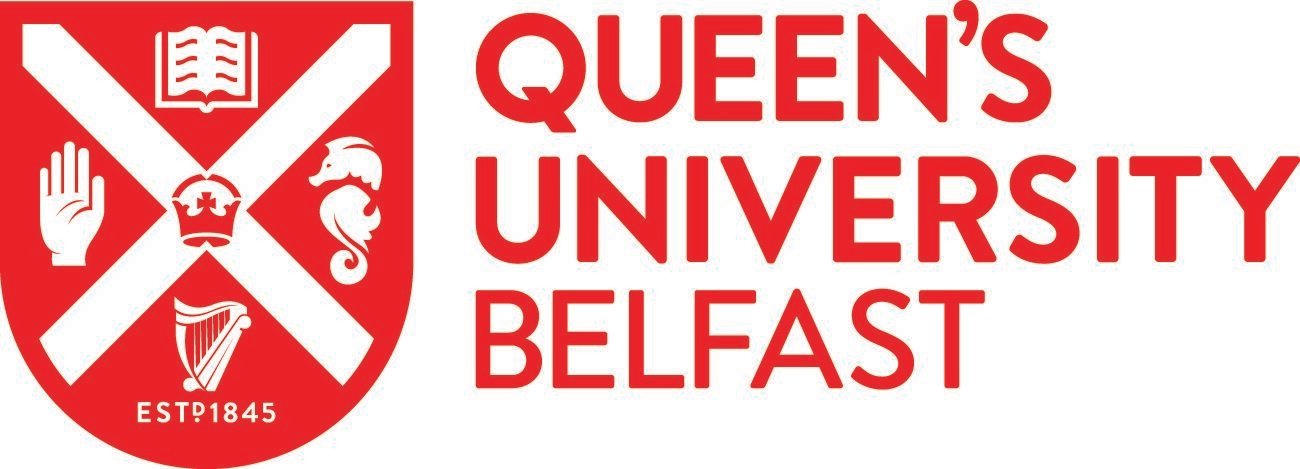
Background and Context
Currency Market Advantage
Unlike equity markets where portfolio optimization often fails, currency markets have unique characteristics that make mean-variance optimization consistently profitable.
Comprehensive Testing Framework
The study examines 24,336 different portfolio optimization approaches across three major currency factors: carry, momentum, and value.
Robust Statistical Methods
Data snooping bias tests ensure that superior performance results from genuine optimization merit rather than random chance.
Comprehensive Testing of 24,336 Optimization Combinations
- Researchers systematically tested every possible combination of estimation methods and optimization approaches available.
- This comprehensive approach ensures no potentially profitable optimization strategy was overlooked in the analysis.
- The scale demonstrates the thoroughness required to identify truly superior portfolio construction methods.
Long-Short Portfolio Structure Maximizes Factor Exposure
- Factor portfolios capture return differences by simultaneously buying attractive and selling unattractive currencies.
- This long-short structure isolates the factor premium while maintaining dollar neutrality for investors.
- Optimization separately improves weights for both long and short legs to maximize overall performance.
Optimized Strategies Deliver 7-10% Higher Annual Returns
- Optimized currency factors significantly outperform traditional equal-weighted approaches across all three major factors.
- Even the previously unprofitable value factor becomes highly profitable when properly optimized using advanced techniques.
- The magnitude of outperformance demonstrates substantial economic value from applying sophisticated optimization to currency trading.
Statistical Significance Confirmed Despite Extensive Testing
- Data snooping bias tests confirm that superior performance results from genuine optimization merit rather chance.
- Thousands of portfolios remain statistically significant even after adjusting for multiple hypothesis testing concerns.
- These rigorous statistical controls provide confidence that the results are economically meaningful and reliable.
Mean-Variance Optimization Consistently Dominates Other Approaches
- Mean-variance optimization delivers the highest risk-adjusted returns across all currency factors and portfolio positions.
- The success stems from currency markets having smaller cross-sections and lower estimation errors than equity markets.
- These findings contradict the conventional wisdom that mean-variance optimization fails in practical investment applications.
Contribution and Implications
- First comprehensive study to apply modern portfolio optimization techniques to currency factor investing strategies.
- Provides practical guidance for currency fund managers on selecting optimal portfolio construction methods and parameters.
- Demonstrates that sophisticated optimization can generate substantial economic value in foreign exchange markets unlike equity markets.
- Establishes robust statistical framework for evaluating trading strategies while controlling for data snooping bias concerns.
Data Sources
- Performance comparison chart constructed using data from Table 2 comparing naive vs optimized factor returns.
- Data snooping results chart based on Table 4 showing number of significant portfolios after bias testing.
- Optimization method comparison chart derived from Figure 2 data on Sharpe ratios by approach.





